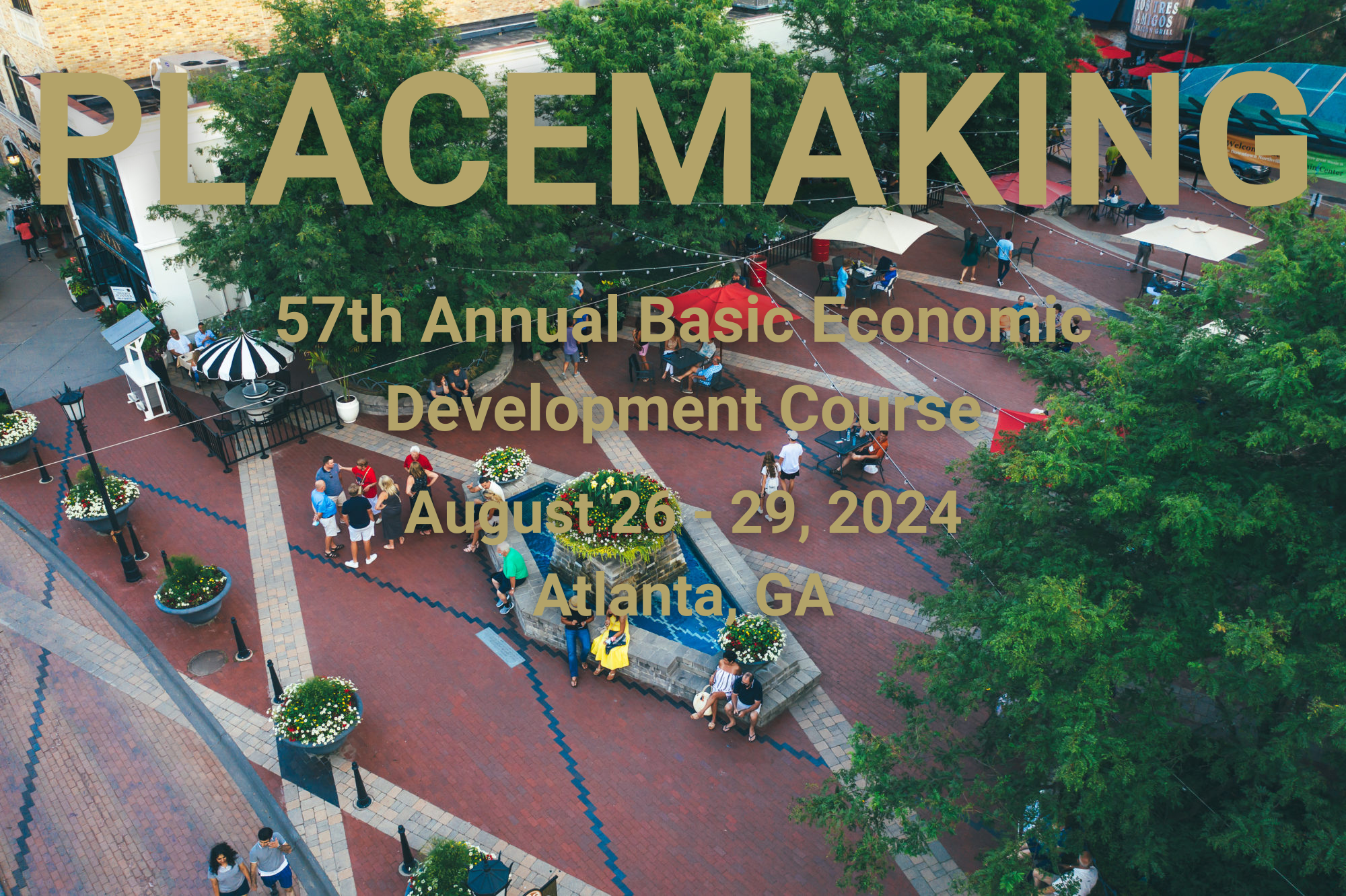The awards will advance the work of the Partnership for Inclusive Innovation and the Center for Economic Development Research.
(Originally produced on the Enterprise Innovation Institute news website, located here).
ATLANTA — The Southeast Crescent Regional Commission (SCRC) handed out 17 State Economic Infrastructure Development (SEID) grants in Georgia.
Two of those awards went to Georgia Tech programs: the Partnership for Inclusive Innovation (Partnership) and the Center for Economic Development Research (CEDR), both housed within the Enterprise Innovation Institute.

for Inclusive Innovation’s
student engagement manager
A public-private collaborative, the Partnership supports access, growth, entrepreneurship, and innovation in Georgia and the Southeast via economic opportunity, community research, student engagement, and workforce development.
The Partnership’s Summer Internship program received $350,000 to serve 15 Georgia counties that the SCRC has identified as distressed.
“We want to be a catalyst for innovation not only across the state but across the Southeast as well. We do that by combining grantmaking with active programming across our four pillars,” said Cody M. Cocchi, the Partnership’s student engagement manager.
“During the 12-week summer internship, we partner with public-impact organizations that identify a challenge in their community and propose an innovative way to address it, with the help of interns from all over the nation who apply to work on those specific projects.”
Elaborating on the type of initiatives the SEID grant will fund in 2025, Cocchi cited a past project in Portal, Georgia, that focused on digital opportunity. Summer interns helped rural youth develop the technological knowledge and skill sets that would help prepare them for the digital economy. “That’s a pretty good example of empowering individuals within this community,” he said.

at CEDR and the lead on the
CEDRC™ project
CEDR was awarded $349,952 to assist Bulloch, Candler, Evans, Tattnall, Liberty, and Long counties in implementing its Certified Economic Development Ready Communities (CEDRC™) program, which helps communities plan for the regional impacts of a major economic development location.
CEDR provides local governments and economic development organizations with research, planning, and technical assistance.
The six counties specified in the SEID grant are within an hour’s drive of the $7.6 billion Hyundai Metaplant in Ellabell, which is expected to bring more than 14,000 jobs to Southeast Georgia.
“This grant will provide those counties with the full CEDRC™ program,” said Betsy McGriff, a project manager with CEDR and the lead on the CEDRC™ project. “The process entails forecast-based planning, including data-driven population projections, job counts, and potential housing needs, as well as model code and creative planning for community development.”
She noted that the communities are largely rural, with little significant residential or industrial development. “This grant offers them an excellent opportunity to identify the unique characteristics of their communities and engage in municipal planning that will harness new investment from increased population and business growth while preserving local character.”
The SCRC is a federal-state partnership created by the 2008 Farm Bill to promote economic development in the Southeast. This year, the agency awarded SEID grants totaling $19 million to fund 57 community projects in Georgia, Alabama, Mississippi, North Carolina, South Carolina, and Virginia. SEID grant criteria encompass equality, total regional population, total distressed population, and the square mileage of each state’s distressed area.
Of those funds, $5 million came from President Biden’s Bipartisan Infrastructure Law (BIL). As part of the Investing in America agenda, the BIL supports bottom-up economic growth to improve the quality of life for workers, families, and small businesses.
“We’ve been economic developers for six decades, but recently we’ve increased our focus on supporting Georgia’s communities through socioeconomic development, which provides resources and skills to people on a foundational level so they are better equipped to participate in the economy,” said Enterprise Innovation Institute Vice President David Bridges.
“Because these two SEID grants allow us to implement even more bottom-up, community-based solutions, they serve that important mission. We’re grateful that the amazing work of CEDR and the Partnership has been recognized with this support from the SCRC.”




